It is hard to believe that it has been almost 20 years since the Anabolic Diet cycled its way into the mainstream of the sports nutrition world. I remember receiving my copy in the mail in the middle of the summer of my freshman year in college, laying at the beach and looking down at my perpetual plump-titude of a belly and thinking carbohydrates caused this, and bacon can help get rid of it? I could not imagine this to actually be the case. After all, I considered myself to be fairly well-read in the matters of science for a teenager, and in particular in the matters of bodybuilding nutrition. I don’t think I put the book down until I had completely finished it. As it turned out, did turn out to be a revolution in sports nutrition thinking. It spawned numerous copycat books, and in my opinion, paved the way for the resurgence of the “Atkins” style diet in the late 90’s. So I guess you can say it has had a good run. It has enjoyed a long and mostly successful track record with those who have tried it.
Despite its success, we have had nearly 20 years to think about the Anabolic Diet in a critical manner. It is human nature to think that we can make something better. In fact, one of the most frequent questions I get from bodybuilders over the past ten years is how would I tweak the Anabolic Diet if I were re-writing it. It is still a fantastic diet template, but can we use the knowledge we have accumulated through 20 more years of sports nutrition research and experience on the original diet to address the shortcomings and optimize the diet. I believe we can. There is a lot it though, so this will be a three part series. In the first part, I will discuss modifications of the high fat, low carbohydrate weekday template. Part two will be the weekends, and then in part three we will dive into supplements and training timing for optimization of the diet.
Generalities
The one criticism that I have always had of the Anabolic Diet was the complete lack of details about what you are actually consuming. In some ways, Dr. Dipasquale was indeed ahead of his time in regards to macronutrient quality, in particular in the supplementation chapter. He was among the first to publicly recommend essential fatty acid supplementation in the sports nutrition arena, and was also at least a couple of years ahead of the curve when it came to supplementation with creatine as an ergogenic aid. That is no small feat considering that probably two of the top three or four supplements that every athlete uses in the 21st century are a creatine supplement and their essential fatty acid supplement. But, aside from his forward-thinking supplement recommendations the book is completely silent on macronutrient quality. Why would an essential fatty acid supplement be so important to Dr. Dipasquale when the fatty acids in the actual food that he recommended were completely ignored? According to him, it is inconsequential because the fats are being broken down as energy substrates in ketosis anyway, so it did not matter where the fatty acids came from. They would end up as ketones. Well, we know this simply isn’t true and if it was true why did he make the distinction with the essential fatty acid supplement? Of course, we know now that fatty acid quality in the diet is extremely important for the health and maintenance of almost every organ system. From proper brain and nervous system function to correct balance of inflammatory cytokines, to proper inter and intra-cellular communication the correct fatty acids in the diet are critical.
I do understand the probable reasoning behind this oversight is marketing. After all, selling a book with the shocking claim that you can “pig out on anything you want” is much easier than actually selling a book which lays out an optimal plan for health and body composition. Authors are still using this tactic to this very day. Saying something provocative, and becoming both well-known and well-off for it is the American Way it seems. But since I do not seek to be either provocative or well-known I will simply give you what I feel is the best way to structure the plan.
The major, overarching themes are mostly correct and necessary. The macronutrient ratio, in my opinion, needs to be where the original book stated that it should be; 55-60% fat, 35-40% protein, and < 5% carbohydrate throughout the week. This enables the body to run efficiently off of ketones and avoids too much gluconeogenesis from protein intake. Many people have made the mistake of eating insufficient fat and have ended up stripping dietary and skeletal protein down in this process. The dietary fat is protein sparing at levels greater than 50%, and is critical for the Anabolic Diet, or any other keotgenic diet, to work optimally.
Protein Quality- Why Bother?
 The sources of animal protein are the biggest disagreement that I have with the Anabolic Diet’s weekday recommendations. In the original book, Dipasquale gave the reader a rather unlimited choice of fatty foods for the weekdays. As long as you stayed under 30 grams of dietary carbohydrate you could eat anything you wanted including loads of processed meats like bacon, breakfast sausage, bologna, potted meat, vienna sausage, and so on. As it turns out, this isn’t such a good idea. Sure, you are staying under 30 grams of carbohydrate, and are eating roughly 55% fat and 40% protein, but turn the package over and look at the mounds and mounds of the other things you are eating. Piles of nitrates and nitrates, preservatives of various kinds, and multi-syllabic chemistry experiments that I would literally need to ask a chemistry professor what they actually were. It is no wonder that I often had a mild headache and felt a little nauseous when I ate meals of that processed junk back in the early days.
The sources of animal protein are the biggest disagreement that I have with the Anabolic Diet’s weekday recommendations. In the original book, Dipasquale gave the reader a rather unlimited choice of fatty foods for the weekdays. As long as you stayed under 30 grams of dietary carbohydrate you could eat anything you wanted including loads of processed meats like bacon, breakfast sausage, bologna, potted meat, vienna sausage, and so on. As it turns out, this isn’t such a good idea. Sure, you are staying under 30 grams of carbohydrate, and are eating roughly 55% fat and 40% protein, but turn the package over and look at the mounds and mounds of the other things you are eating. Piles of nitrates and nitrates, preservatives of various kinds, and multi-syllabic chemistry experiments that I would literally need to ask a chemistry professor what they actually were. It is no wonder that I often had a mild headache and felt a little nauseous when I ate meals of that processed junk back in the early days.
This oversight is simply a symptom of the way we look at our food as a society. We see “protein, carbs, fat….protein, carbs, fat…. and then way on down the line we think about a few known vitamins and minerals. No one ever considers the other constituents of their food. And as we are finding out that is a dangerous oversight. As an example, the nitrosamines formed from the excess nitrate and nitrite interacting with the animal protein in processed meat is extremely concerning. Nitroamines are known carcinogens, and a known cause stomach cancer. How many people think about that little chemistry experiment on top of your hickory-smoked bacon?
Fats
Another example is the laisse -faire philosophy to dietary fatty acid type in the Anabolic Diet. As I mentioned earlier in the article, fatty acid composition is extremely important to the health and well-being of an athlete and any individual. The original Anabolic Diet, with its potential heavy consumption of pro-inflammatory fatty acids left many individuals with aching joints, poorer sleep, and greater potential for adverse health effects. Dr. Dipasquale also, for no reason that I can logically find, places a complete restriction on consuming medium chain triglyceride oils (coconut oil). His logic was that it “interfered with ketosis”, but that is absolutely not true. In fact, coconut oil speeds along the body’s descent into ketosis and is used in that application as a dietary supplement by many clinicians and nutritionists. Aside from that fact, coconut oil has also been shown to have a myriad of other health benefits. My recommendation is for liberal use of coconut oil while on the Anabolic Diet.
As far as the rest of the fats go, there are two broad rules that we must stick to. The first is to limit pro-inflammatory fatty acid consumption. So what is a pro-inflammatory fatty acid? We could get super-technical, but for a dieter’s purpose It is simply a highly reactive, processed fatty acid source. Chiefly I am speaking about processed vegetable oils which are high in polyunsaturated fats. Oils which have been taken out of their natural environment through expeller-pressing, hexane extraction, bleaching, and deodorizing have very little in common with the foodstuff which originated them. We will have plenty of detail about fatty acids in the future on this site.
The Fix
So, constructing a diet around the consumption of processed meats and any type of fat you want to eat isn’t the best thing for health. The great news is that this all a very simple fix. With minor changes, we can change a diet with some significant limitations into one which is both a potent weight loss diet and very healthy. All you have to do is put a few restrictions and recommendations in place for the weekdays in terms of food types. The following is how I would address these issues:
| Original Anabolic Diet | Dr. Matt’s Anabolic Diet | |
| Processed Meats | Unlimited- no Recommendations on consumption | Limit to two servings/ week |
| Beef | Unlimited- no Recommendations on consumption | Unlimited. Grass-finished preferable |
| Fish | Unlimited- no Recommendations on consumption | Eat at Least 2 servings/week |
| Pork | Unlimited- no Recommendations on consumption | Unlimited, un-processed cuts Local, organic preferable |
| Poultry | Unlimited- no Recommendations on consumption | Unlimited. Skin-on Preferably Pasture-raised |
| Dairy | Unlimited- no Recommendations on consumption other than < 30 g carbs | Raw cheeses, hard cheeses only |
| Eggs | Unlimited- no Recommendations on consumption | Unlimited- pastured preferable |
| Fats | Unlimited- no Recommendations on consumption. Restricts “MCT’s” | Natural fats only- Coconut oil, butter, lard, tallow. Cold-pressed olive oil and sesame oil 15 g/ day maximum. |
Is All of This Organic (Expensive) Meat Necessary?
The short answer to the question is no, the quality “organic” meat is not necessary to make this diet work. Your abs won’t pop any better, there will be not a single additional striation in your pecs. So why go to the trouble? Well, a couple of reasons. First and foremost, this is an article about my opinion on how to optimize the diet. Optimizing the diet includes not only physical results, but also your health. It does little good to spend your life trying to look “awesome” if you spend the last 25% of it in a hospital or with some debilitating chronic disease. Am I being an alarmist? Perhaps. But perhaps I am not and I would be able to sleep very well at night if I didn’t give you my full opinion on food quality.
Meat is more than just a “food group”. Even though it takes up only one section of the typical american plate at dinner, its impact is far greater than the vegetables, fruits, and starches that gather beside it. Meat is concentrated nutrition. In effect, it is the sum total of everything that animal had eaten and experienced in its environment during its lifetime. The animal’s body is much like ours in that it is very resilient; it is capable of dealing with many offenses and still surviving and appearing healthy. Some offenses, such as keeping the animal in cramped, unsanitary quarters do not filter down into the meat that it produces for us. Sure, there is an argument to be made for e.coli 157H7 stemming directly from these cramped and unsanitary living conditions and that is very true and a topic for another day. Speaking completely in a vacuum about internal food quality of the meat, the animal survives pretty well. Other offenses do make it into the meat. Artificial growth hormones, anabolic and estrogenic steroids, and environmental pesticides and herbicides all make it into the meat that you are eating. These lipophilic molecules are absorbed into the fatty portions of the meat and collect there over time, like a nasty Christmas present waiting for your body to open. In the case of the pesticides and herbicides, they collect over the entire lifetime of the animal, lying in wait in that juicy steak for you.
The proponents of conventional meat will say that these things have been thoroughly tested and have been found to be innocuous to humans. But the simple fact is, these substances collect in your tissues when you eat the contaminated meat as well and accumulate over years of consumption. Do you see where this is going? There simply are no long term studies on these chemicals in the amounts that we have the potential to store in our bodies over the course of many years of life. Being that many of these chemicals act upon the central nervous system of insects and other critters to produce their effects, and being that we have a nervous system as well that has a lot of chemical similarities to others in the animal kingdom, I think the wisest course of action is to greatly limit the amount of these toxins that the body is exposed to. It may turn out to be nothing, but then again it may turn out to be something big. Why take the chance with your 60 year old future self? This is even more critical on a diet like the Anabolic Diet, when meat is being consumed in large quantities. Eat natural foods whenever possible.
Conclusion
Pretty painless wasn’t it? Simple substitutions based on our current nutritional knowledge, common sense, and experience goes a long way toward making the Anabolic Diet more livable and ultimately a better-performing diet. But we are just getting warmed up. Come back for part two where we will discuss every athlete’s favorite part of the diet…the weekend

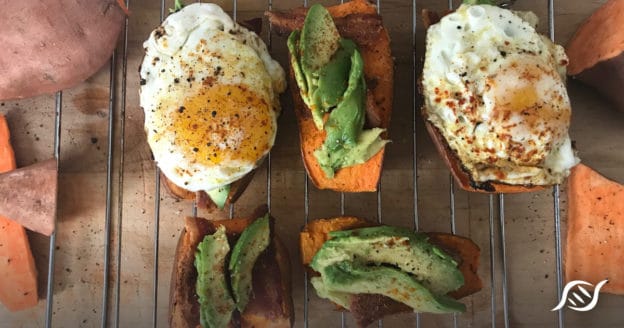

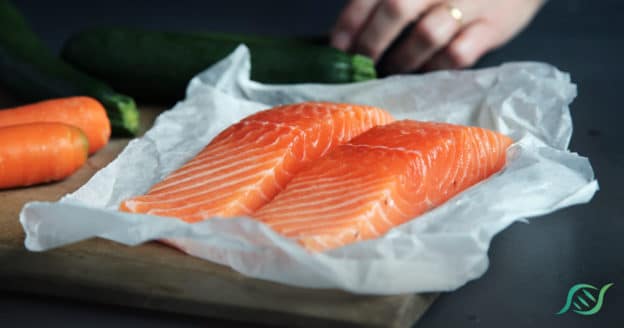

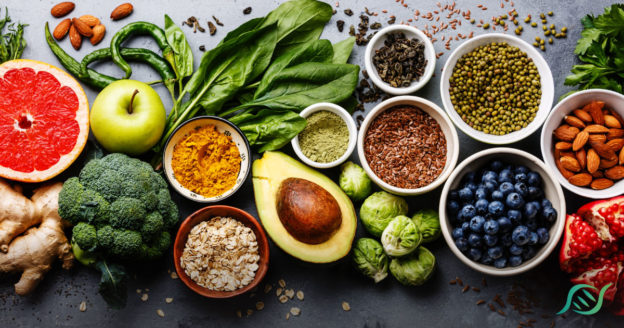

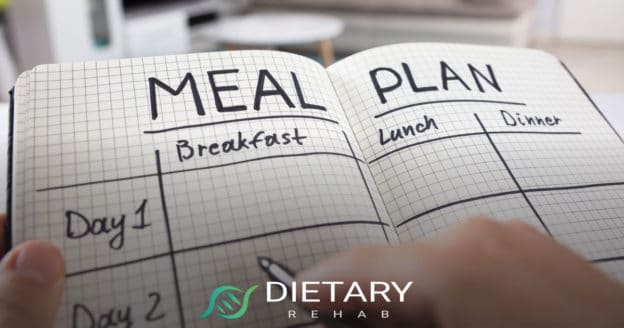
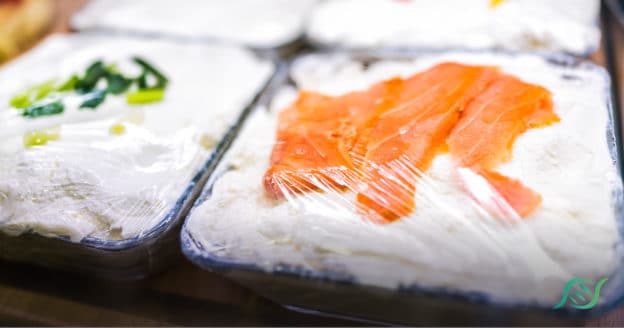

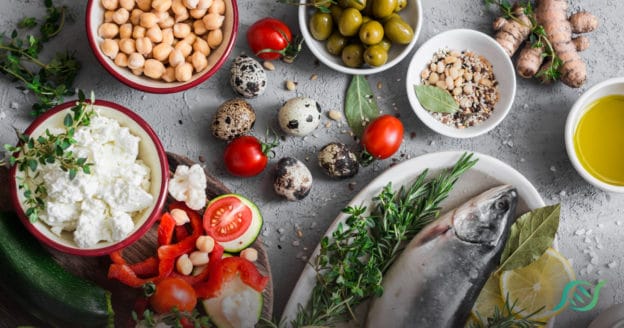

Thank you for a great site!!
Do you think that a 1-day carbup on saturday would be sufficient for cutting purposes?
I will be covering the weekend in part 2, but the short answer to your question is yes…usually. There are a few different variables to consider when determining carb load length, but generally shortening it to a 24 hours period (or sometimes less) is necessary for optimal fat loss.
Thanks for writing this! What are your thoughts on adding 50-60g of carbs peri-workout during the week if muscle gain is a primary goal and fat loss is secondary? Also what kind of oil would you recommend for frying chicken wings? I have been using expellar pressed canola oil. Thanks again.
The peri-workout carbs is a great idea on a normal diet, but it will completely wreck the Anabolic Diet. Why? Well the Anabolic Diet, in essence, takes the daily “peri-workout window” and stretches it into a week time frame instead of a day. So, instead of manipulating insulin for its anabolic properties after each workout, you do it in one big dose at the end of the week. For that to be efective, it is essential that the rest of the week be spent with low circulating insulin.
I will be coming out with an article on fat and oil selection soon, but the short answer is canola oil is a bad choice. I will get into the reasons in the article, but it is a highly reactive processed oil. For high heat cooking, you want stable, natural saturated fat. My recommendation would be beef tallow, preferably from local sources.
thank you for this great site. I’m doing the AD atm and i had a lot of unanswered questions. I see now that i have to change some things to keep it healthy but still get all the benefits. I can’t wait for the next parts. Greetings Webseeker
I know you are busy Matt but just a few questions:
I rarely train on my carbup days since I usually work the weekends, and I feel that I would benefit more from training on my high carb days. I train 4 times a week but my workout days always change from week to week. Would it work if I kept the carbup days to twice a week but kept them separate by 3-5 days. Ex.Monday and friday??
That way I could always train on my carbup days. Thanks for all the help.
Since I’m going for a recomposition with this diet could I simply drop the carb days to once a week and keep it on a trainig day?